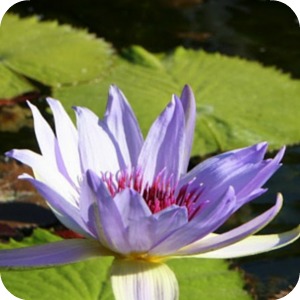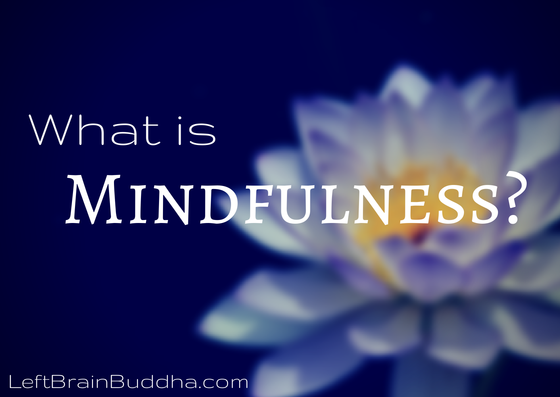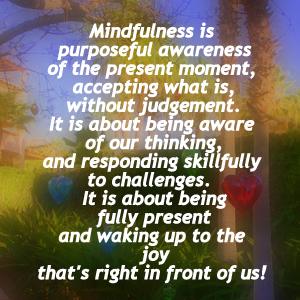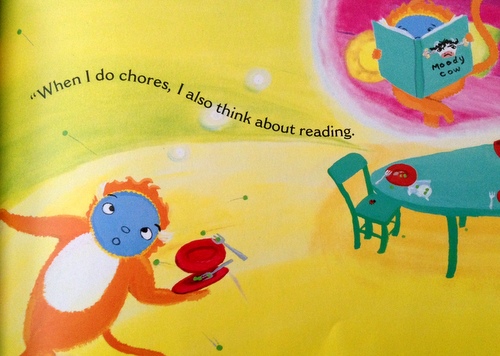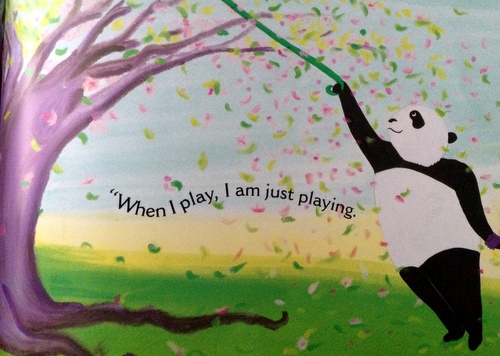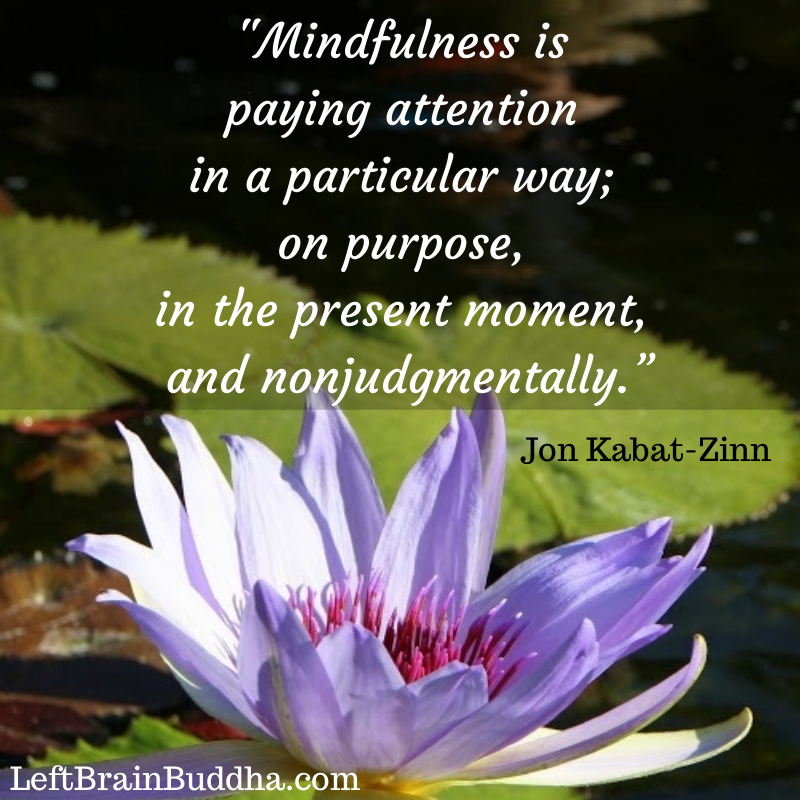Mindfulness is becoming quite a buzzword these days. The Huffington Post proclaimed 2014 “the year of mindful living,” Time magazine featured the “Mindful Revolution” on a January cover, and our local burger joint has now launched a “mindful menu.”
Mindfulness is sometimes described as simply “relaxing” or “zoning out.” Or it’s portrayed as New Age positive thinking “woo-woo.” I think a bit of clarification is in order.
So let’s dig in…
Below is my definition of mindfulness:
It’s kinda long… because I was a history major and I am trained in long sentences and explanations. 🙂 So we’ll break it down:
“Purposeful awareness”
Sometimes we’re paying attention, but not on purpose. It’s perhaps the honk of another car, or a child yelling “Mommmmmmm!!!!!!!,” that jolts us out of our distraction. Mindfulness is paying attention on purpose. It’s meta-awareness — awareness of your awareness! It’s noticing when your attention has wandered, and then bringing your awareness back to the sensations, thoughts, feelings, and experiences of the present moment.
In a book I read to my children, Mindful Monkey, Happy Panda by Lauren Alderfer, the monkey with the {not-mindful} monkey mind is portrayed like this:
And the happy panda tells him:
We spend a lot of our time thinking about the past or planning for the future. When we are mindful, we are focused on our current experience. For example, when you serve dinner and your child immediately responds with, “But I hate chicken!!”, you pay attention to your body’s response — the anger and frustration that bubble up, the racing pulse, the “I worked so hard on this dinner after a long day…” thoughts that enter your mind — and you are simply aware of it. And instead of reacting based on that anger, mindfulness helps us…
“Accept what is, without judgment”
When I first started practicing mindfulness, I thought it was about seeing how everything in every moment was amazing and wonderful. One of my books suggested bringing mindful attention to washing the dishes — noticing the water, the soap, etc. So I tried it, and my inner monologue went something like this: “Oh, the water feels so nice and warm, and that soap smells so good, and this feels so relaxing…” It was weird and bizarre, and felt mildly inappropriate.
Bringing mindful attention simply means noticing and accepting what is. Noticing what is happening without ascribing a positive or negative value to it. Just notice that there’s water on your hands, or what the soap smells like. Notice it without judgment. No creepy narration. Mindfulness is about accepting the entire range of our human experience, whether we might label it as “good” or “bad.”
“It is about being aware of our thinking, and responding skillfully to challenges”
Bringing this type of mindful awareness to something like dishwashing or the laundry is a relatively easy way to start your practice, as it doesn’t really involve a lot of emotion. Paying mindful attention to small tasks can help you tackle the bigger challenges, such as stopping destructive habits like rumination {churning negative self-talk over and over in your head}.
It also helps you to become aware of the actions of your mind, the moments when your attention drifts: “My hands feel the warmth of the water, I breathe in the clean scent of soap…. oh, but did I pay the water bill last week? What should I make for dinner tomorrow? I need to make those dinner reservations for Saturday, and, ugh, those prescriptions need to get refilled….” When you notice that your attention has drifted, you non-judgmentally bring your awareness back to what you are doing. And noticing that your mind has wandered is actually a good thing! You noticed it! You’re being mindful!
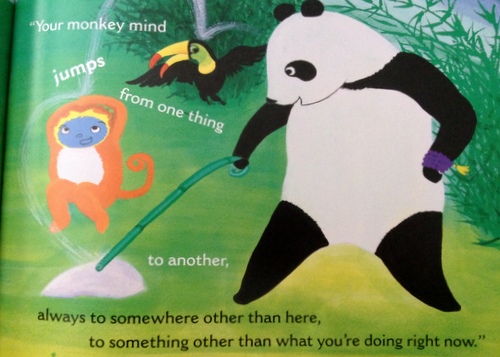
The “monkey mind” ~ from Mindful Monkey, Happy Panda by Lauren Alderfer
Sarah Napthali, in Buddhism for Mothers, recommends naming and greeting the thoughts and emotions that arise. “Oh, hello anger, I see you are here…” I admit, I feel really goofy doing this, but it helps! Instead of letting your emotions take over, you acknowledge them, and take a pause to respond skillfully, instead of reacting in anger.
“It is about being fully present and waking up to the joy that is right in front of us”
Mindfulness makes us aware of the small joys we may otherwise be too distracted to see. Sometimes I’m so lost in thought while I do the dishes, I don’t see the beauty in my children playing together just outside the window in front of me. Non-judgmental awareness doesn’t mean we can’t enjoy the goodness that we see. Mindfulness reveals that the goodness has been there all along.
*****
Mark Williams and Danny Penman, in Mindfulness: An Eight-Week Plan for Finding Peace in a Frantic World, describe mindfulness as follows:
“You come to realize that thoughts come and go of their own accord; that you are not your thoughts. You can watch as they appear in the air, and watch again as they disappear, like a soap bubble bursting. You come to the profound understanding that thoughts and feelings (including negative ones) are transient. They come and go, and ultimately, you have a choice about whether to act on them or not. Mindfulness is about observation without criticism; being compassionate with yourself…. [Mindfulness] begins the process of putting you back in control of your life.” [emphasis added]
Finally, mindfulness is not an attitude, it is a skill. It must be practiced and cultivated.

